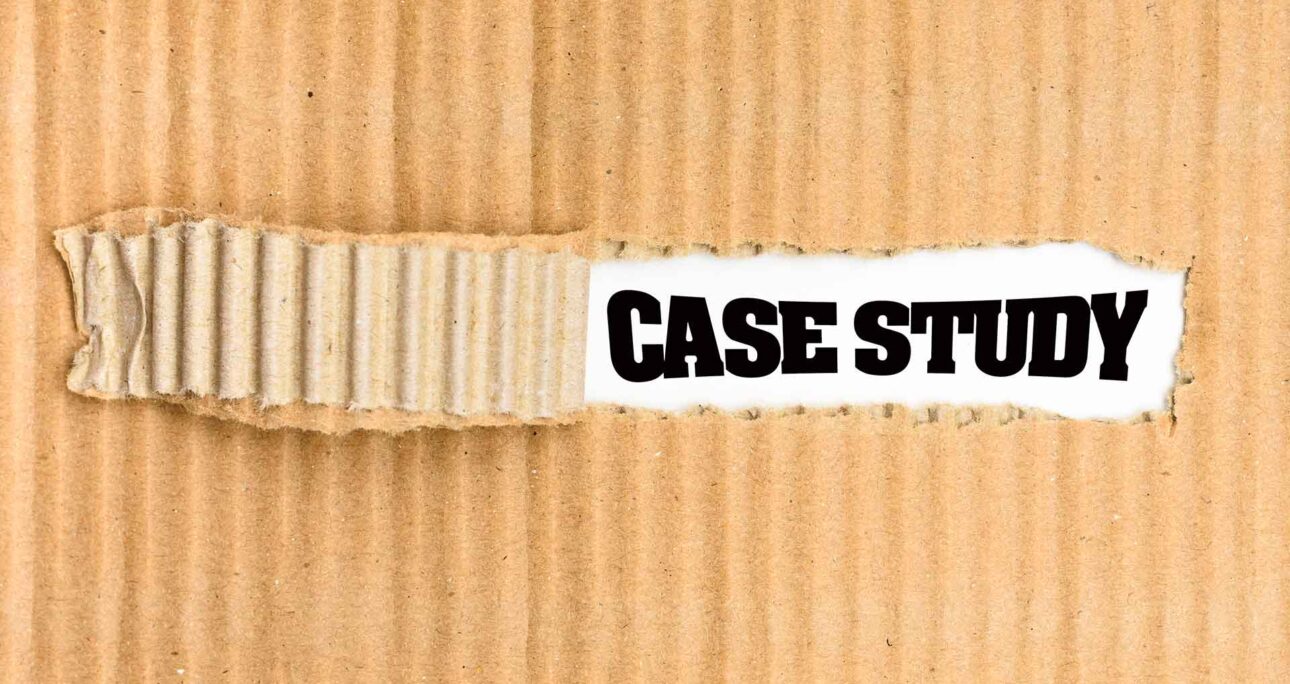You know you need great case studies for your portfolio. You’ve read about the 3-act framework. But when you sit down to create one, you hit a wall:
“Where do I actually start?”
“How much detail should I include?”
“What if I don’t have fancy metrics?”
I’ve been there. After 13 years and hundreds of projects, I’ve developed a repeatable template that turns any project into a compelling case study.
In this step-by-step guide, I’ll walk you through creating a client-winning case study using a real example. Follow this exact structure, and you’ll have a portfolio piece that demonstrates your value, not just your deliverables.
The Foundation: Choose the Right Project
Before writing, select a project that demonstrates:
- A clear problem → solution → result journey
- Your specific contribution and thinking process
- Diverse skills (research, design, testing, etc.)
Pro Tip: Choose a project where you can show iterations. The messier the process, the better—it shows your problem-solving skills.
The Step-by-Step Case Study Template
Here’s the exact structure I use for every case study. We’ll build it together using a sample project: Redesigning a FinTech App’s Onboarding Flow.
Step 1: The Hook (Project Summary)
Goal: Grab attention in 15 seconds.
What to write:
- 1-sentence elevator pitch: “Redesigned the onboarding flow for a FinTech app, reducing drop-offs by 52% and increasing completed profiles by 300%.”
- Key metrics upfront: Always lead with your most impressive numbers
- Your role & duration: “Lead UX Designer | 6-week project”
Example:
“As the lead UX designer on a 6-week project, I redesigned FinTech Pro’s confusing onboarding process, resulting in a 52% reduction in user drop-offs and 300% more completed user profiles.”
Step 2: The Problem (Make It Hurt)
Goal: Make the reader feel the client’s pain.
What to include:
- Business impact: “The poor onboarding was costing $45,000 monthly in lost conversions”
- User frustrations: “Users reported confusion about verification steps and frequently abandoned the process”
- Visual evidence: Show the “before” screens with annotations highlighting pain points
Example:
“FinTech Pro was losing 8 out of 10 users during onboarding. Customer support was overwhelmed with 200+ weekly calls about verification steps. Our analytics showed a 80% drop-off at the document upload stage.”
Step 3: The Process (Show Your Work)
Goal: Demonstrate your problem-solving methodology.
Break this into clear subsections:
A. Discovery & Research
- User interviews: “We spoke with 12 frustrated users and identified 3 key pain points…”
- Competitive analysis: “I analyzed 5 competing apps and found they used progressive profiling…”
- Data deep-dive: “Google Analytics revealed the exact drop-off points…”
Show: Quotes from users, competitor screenshots, analytics graphs.
B. Ideation & Solutions
- User flows: “I created 3 alternative user flows to simplify the process…”
- Wireframes: “The initial sketches focused on reducing cognitive load…”
- Design decisions: “I chose option B because it reduced steps from 7 to 4…”
Show: Your sketches, wireframes, user flow diagrams.
C. Testing & Validation
- Prototype testing: “We tested with 8 users and achieved 85% task completion…”
- Iterations: “Based on feedback, we added a progress indicator and simplified the language…”
- Key insights: “Users needed more context about why we needed certain documents…”
Show: Testing session photos, iteration comparisons, user feedback quotes.
Step 4: The Solution (Reveal the Magic)
Goal: Show the final product and explain your design choices.
What to include:
- Final screens: 3-5 key screens that solved the main problems
- Design rationale: “I used a progress indicator because users felt lost…”
- Interactive elements: If possible, embed a prototype (Figma, InVision)
Example:
“The final design introduced:
- A clear 4-step progress indicator
- Contextual help for document upload
- Automatic saving between steps
- Simplified language throughout”
Step 5: The Results (Prove Your Value)
Goal: Show measurable impact.
What to include:
- Quantitative data: “Onboarding completion increased from 20% to 72%”
- Business metrics: “Support calls reduced by 65%, saving $12,000 monthly”
- User feedback: “App Store ratings improved from 3.2 to 4.6 stars”
- Client testimonial: Include a quote if possible
Example:
“After launch, we saw:
- 52% reduction in onboarding drop-offs
- 300% increase in completed user profiles
- 65% fewer support calls about onboarding
- ‘The new design transformed our conversion rates’ – Product Manager, FinTech Pro”
Step 6: Lessons Learned (Show Growth)
Goal: Demonstrate reflective practice.
What to include:
- What you learned: “I learned to test earlier with real users instead of assuming…”
- What you’d do differently: “Next time, I’d involve customer support earlier in the process…”
- Future opportunities: “The next iteration could explore personalized onboarding paths…”
Common Case Study Mistakes to Avoid
- The “Perfect Process” Lie: Don’t make it look linear and easy. Show the dead ends and iterations.
- Vague Responsibilities: Be specific about what YOU did versus the team.
- Missing the “Why”: Every design decision needs rationale.
- No Metrics: Even imperfect data is better than no data.
- Too Long: Keep it scannable. Use visuals to replace text where possible.
Your Case Study Action Plan
This week, pick one project and:
- Gather all your artifacts – sketches, research notes, screenshots
- Follow this template section by section
- Focus on storytelling – problem, journey, solution
- Get feedback from a non-designer before publishing
Remember: Your case study isn’t finished when the design is perfect. It’s finished when it clearly demonstrates how you create value for businesses.
Now I’m curious: What’s the biggest challenge you face when creating case studies? Share it in the comments below, and I’ll do my best to help!



